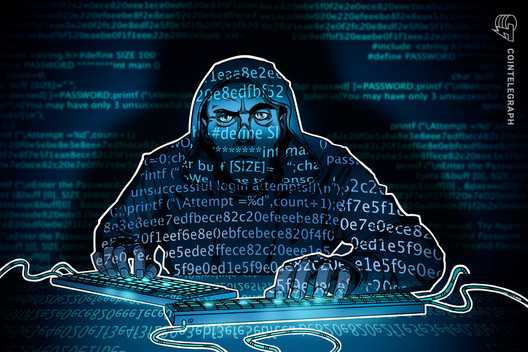
Bitcoin price has stalled below $9,200 but on-chain data, investor sentiment, and BTC’s strong quarterly performance are bullish signals.
Earlier today Cointelegraph reported that “Bitcoin (BTC) price recorded its strongest second quarter performance in history” despite a startling crash to $3,750 on March 13. Data from Skew also shows that Bitcoin currently has a quarter-to-date return of 42.39% and the digital asset remains the top-performer for 2020 with a 27.31% return.

Macro assets year-to-date returns %. Source: Skew
Data from on-chain analytics provider glassnode also showed that since the Black Thursday crash, the total number of Bitcoin whales rose above the 2017 high to 1,800 over the last 3 months.
Another positive signal of investors’ sentiment towards Bitcoin comes from a recent survey conducted by crypto custodian Bitcoin IRA that shows 43% of the platform’s clients expect Bitcoin price to top $15,000 by the end of 2020.
After surveying 300 clients, the custody provider found that 57% of participants confirmed that they buy and hold crypto-assets as a long-term investment.
Each of these data points underscore the growing bullish sentiment surrounding Bitcoin price despite the short-term price action showing the top-ranked crypto asset trading in a neutral zone.
Bitcoin price continues to consolidate

BTC USDT daily chart. Source: TradingView
At the time of writing, the price remains pinched in between the 20-MA and midline of a descending channel. The $9,200-$9,550 resistance cluster remains a hurdle for the digital asset to overcome.
As discussed previously by Cointelegraph Markets, the 4-hour and daily time frame Bollinger Bands show consolidation is taking place and Bitcoin is forming higher lows on the daily time frame despite trading volume being relatively flat.
In a recent Bitcoin market update to clients, Delphi Digital pointed out that “Bitcoin has been trading in a relatively tight range over the last month, spending a vast majority of time between low $9,000s and $10,000.”

BTC-USD vs 30-day realized volatility. Source: Delphi Digital, Bloomberg
The research group also pointed out that “BTC’s 30-day volatility has dropped to its lowest level of the year, which historically has preceded sizable price moves as vol reverts.”

BTC-USD vs intraday price range. Source: Delphi Digital, Coinbase, Gemini
Delphi Digital also noted that as Bitcoin price consolidates between a key overhead resistance and crucial underlying support zone the intraday volatility decreased, suggesting that a strong directional move is imminent.
Volatility, COVID-19 and correlation
Since the coronavirus pandemic led to a sharp correction in equities markets in early March 2020, Bitcoin price action has followed that of traditional markets. The strong rebound in BTC price from $3,750 to $10,350 occurred in tandem with the V-shaped recovery currently seen in the S&P 500 and the Dow.
Currently, crypto investors are deeply interested in whether the short-term correlation between the asset classes will remain or whether a decoupling will take place.
In private comments with Cointelegraph, Delphi Digital market analyst Kevin Kelly said:
“Historically when the S&P 500 gains 15% or more in any calendar quarter, in every instance (9 before this) over the last 80 years, the index has ended the following quarter in positive territory as well. Now I'd say a positive Q3 for the SPX is far from guaranteed, but still a notable stat nonetheless, especially if you expect BTC to continue trading in line with riskier asset classes in the short-term.”
Regarding market volatility within equities markets and its impact on Bitcoin price action, Kelly explained that:
“If equity market volatility remains high (or above historical average) then I would expect the correlation between stocks and BTC to remain relatively high as well. Historically, large spikes in the VIX, for example, have coincided with sizable sell-offs in BTC, and so if we did see another violent leg lower in equities I'd expect BTC to suffer in the short run as well.”
For good reason, equities and crypto investors remain concerned that markets will suffer due to the drastic increase in COVID-19 infections across a number of U.S. states, the recent European Union ban on Americans travelling to EU countries, and the knock on effect his will have on the U.S Airline and global tourism industry.
According to Kelly:
“When you think about it, the major short-term catalysts for both are quite similar i.e. historical policy responses to a major economic collapse. Also, currency devaluation can actually give stocks a bid as the demand for scarcity and real assets rises.”
The general view among analysts is that over the coming weeks Bitcoin price could revisit recent lows if the $8,800 support collapses. Despite this mild short-term bearish bias, BTC’s market structure and bullish investor sentiment suggest that the digital asset remains well positioned for further gains in Q3.
from Cointelegraph.com News https://ift.tt/3gcDXl3




































